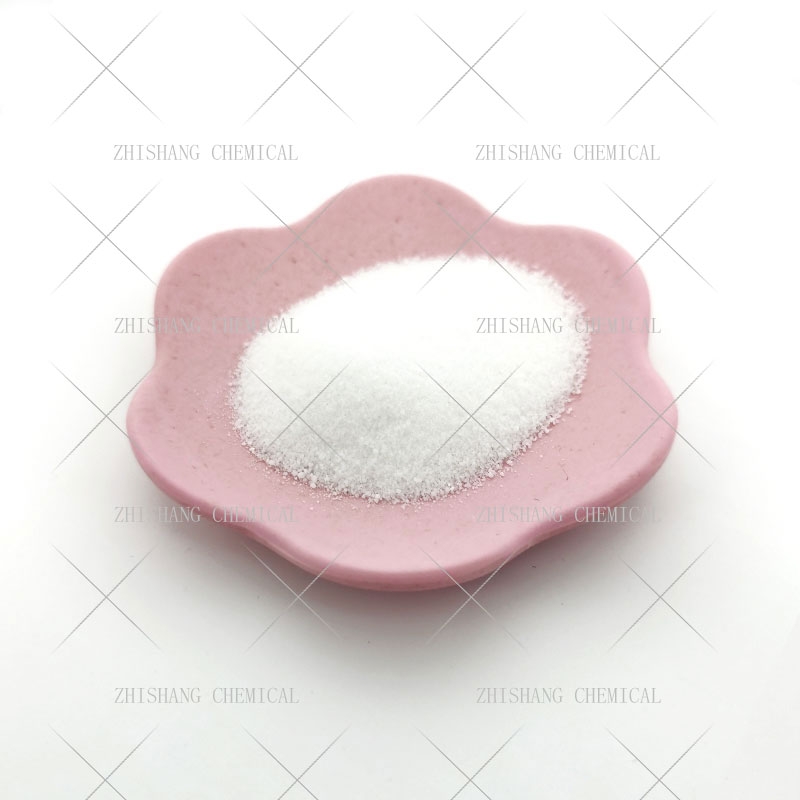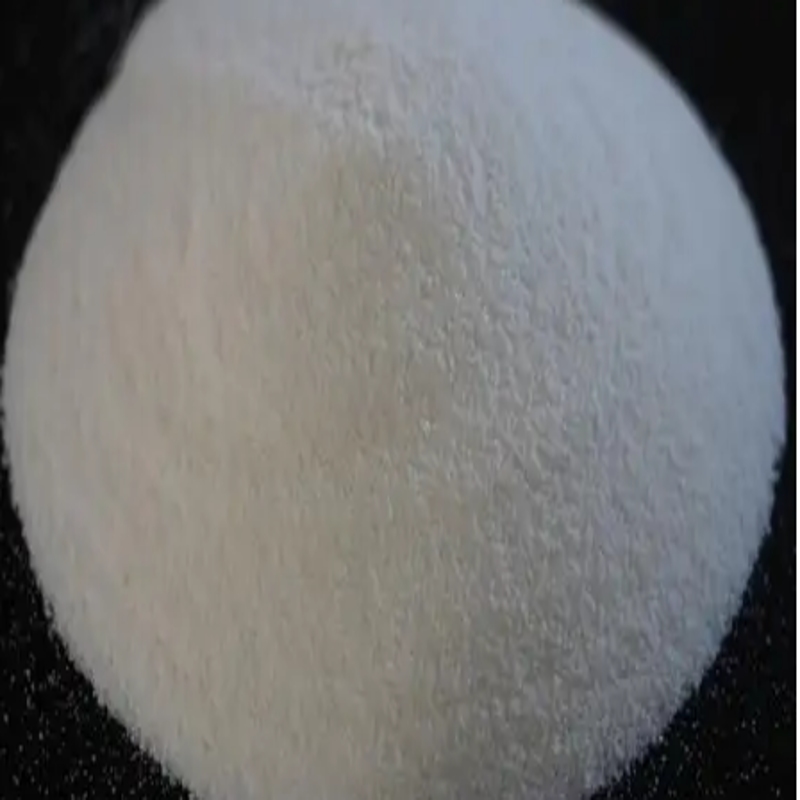Cosmetic Ingredient
- • Abrasive (124)
- • Absorbent (84)
- • Anticaking (66)
- • Anticorrosive (25)
- • Antifoaming (19)
- • Antimicrobials (290)
- • Antioxidant Ingredient (393)
- • Antiperspirant (20)
- • Antiplaque (48)
- • Anti-seborrheic (38)
- • Anti-sebum (39)
- • Antistatic (458)
- • Astringent (162)
- • Binding Agent (172)
- • Bleaching Agent (53)
- • Buffering (191)
- • Bulking (109)
- • Chelating (122)
- • Cleansing (679)
- • Cosmetic Colorant (212)
- • Cosmetic Preservative (158)
- • Denaturant (45)
- • Deodorant (98)
- • Depilatory (27)
- • Dissolving Agent (298)
- • Emollient (795)
- • Emulsifying Agent (480)
- • Emulsion Stabilising (154)
- • Exfoliating (19)
- • Film Forming (299)
- • Flavouring (72)
- • Foam Boosting (161)
- • Foaming (101)
- • Fragrance Ingredient (726)
- • Gel Forming (19)
- • Hair Conditioning (670)
- • Hair Dyeing (363)
- • Hair Fixing (36)
- • Hair Waving or Straightening (45)
- • Humectant (282)
- • Hydrotrope (92)
- • Keratolytic (20)
- • Light Stabilizer (80)
- • Moisturising Agent (50)
- • Nail Conditioning (42)
- • Occlusive (20)
- • Opacifying (119)
- • Oral Care (123)
- • Oxidising (19)
- • Perfuming (2105)
- • Plasticiser (98)
- • Propellant (19)
- • Reducing (50)
- • Refatting (12)
- • Refreshing (26)
- • Skin Cleansing (388)
- • Skin Conditioning (1751)
- • Skin Humectant (21)
- • Skin Protecting (282)
- • Smoothing (31)
- • Soothing (71)
- • Tonics (155)
- • UV Filter (34)
- • Viscosity Controlling (532)
Chemicals as Skincare Ingredients
Related News
-
Pfizer China Oncology Division Restructures Amid Executive Changes
2025-03-19 -
Price Surge Alert as Major Suppliers Increase Barium Sulfate Costs by 200 Yuan per Ton
2025-03-20 -
Shell Considers Partnering with the U.S. and Closing European Chemical Assets
2025-03-26 -
Quaker Houghton Acquires Dipsol Chemicals, Strengthening Advanced Solutions Portfolio
2025-03-27 -
AstraZeneca to Invest $2.5 Billion to Establish Global Drug R&D Center in Beijing
2025-03-25 -
Saudi Aramco CEO: Invest in downstream projects in China's energy, chemical and other fields
2025-03-28
Foam Boosting
N-(2-Hydroxyethyl)acetamide
(142-26-7)-
Pharmacy Grade / 99%
-
![N-(2-Hydroxyethyl)acetamide buy N-(2-Hydroxyethyl)acetamide]()
-
![Acetic Monoethanolamide buy Acetic Monoethanolamide]()
Industrial Grade / 99.0%
-
![N-(2-Hydroxyethyl)acetamide buy N-(2-Hydroxyethyl)acetamide]()
Industrial Grade / 99%
Request for quotation , get quotes from more suppliers.
-
Pharmacy Grade / 99%
-
Industrial Grade / 50%
-
industrial Grade / 98%
-
![LAURIC ACID MONOETHANOLAMIDE buy LAURIC ACID MONOETHANOLAMIDE]()
Industrial Grade / 99.0%
Request for quotation , get quotes from more suppliers.
-
- / 99.00%
-
Pharmacy Grade / 99%
-
industrial Grade / 98%
-
![N-Dodecyl-N,N-dimethyl-3-ammonio-1-propanesulfonate buy N-Dodecyl-N,N-dimethyl-3-ammonio-1-propanesulfonate]()
Industrial Grade / 99.0%
Request for quotation , get quotes from more suppliers.
Disodium laureth sulfosuccinate
(58450-52-5)-
![LAURYL-POLYETHYLENEGLYCOL SULFOSUCCINATE DISO-SALT, IN H2O buy LAURYL-POLYETHYLENEGLYCOL SULFOSUCCINATE DISO-SALT, IN H2O]()
Industrial Grade / 99%
-
![LAURYL-POLYETHYLENEGLYCOL SULFOSUCCINATE DISO-SALT, IN H2O buy LAURYL-POLYETHYLENEGLYCOL SULFOSUCCINATE DISO-SALT, IN H2O]()
-
![LAURYL-POLYETHYLENEGLYCOL SULFOSUCCINATE DISO-SALT, IN H2O buy LAURYL-POLYETHYLENEGLYCOL SULFOSUCCINATE DISO-SALT, IN H2O]()
-
![LAURYL-POLYETHYLENEGLYCOL SULFOSUCCINATE DISO-SALT, IN H2O buy LAURYL-POLYETHYLENEGLYCOL SULFOSUCCINATE DISO-SALT, IN H2O]()
Industrial Grade / 99%
Request for quotation , get quotes from more suppliers.
Butanedioic acid, 2-sulfo-, 4-[2-[2-[2-(dodecyloxy)ethoxy]ethoxy]ethyl] ester, sodium salt (1:2)
(40754-59-4)-
Industrial Grade / -
-
pharmaceutical grade / 99.9%
-
-
Industrial Grade / -
Request for quotation , get quotes from more suppliers.
-
- / 99.00%
-
industrial Grade / 98%
-
-
![N,N-DIETHANOLOLEAMIDE buy N,N-DIETHANOLOLEAMIDE]()
Industrial Grade / 99%
Request for quotation , get quotes from more suppliers.
N-Stearoylethanolamine
(111-57-9)-
Reagent Grade / 99%
$50-55/KG FOB
-
Industrial Grade / 99%
-
-
industrial Grade / 98%
Request for quotation , get quotes from more suppliers.
Sodium decyl sulfate
(142-87-0)-
- / 99.00%
-
Pharmacy Grade / 99%
-
industrial Grade / 98%
-
Industrial Grade / 99%
Request for quotation , get quotes from more suppliers.
-
Industrial Grade / 99%
-
- / 0.00%
-
industrial Grade / 98%
-
$1000-1200/MT FOB
Request for quotation , get quotes from more suppliers.
Lauryl hydroxysultaine
(13197-76-7)-
Cosmetics Grade / 98%
-
- / 0.00%
-
-
- / 99.00%
Request for quotation , get quotes from more suppliers.
More Information
foam boosting are substances that create pores in the material they are applied to. Chemical foam boosting is compounds that, upon heating, decompose to release gases such as carbon dioxide and nitrogen, forming fine pores within the polymer matrix.
foam boosting typically exhibits high surface activity, effectively reducing the surface tension of liquids. They arrange themselves at the liquid film surface with a bilayer structure, surrounding air to form bubbles, which then combine to create foam.
Foaming agent application:
•Foaming cleansers
•Shaving creams
•Facial cleansers
•Body washes
•Bubble bath products





















![disodium,4-[2-[2-(2-dodecoxyethoxy)ethoxy]ethoxy]-4-oxo-2-sulfonatobutanoate 40754-59-4 buy disodium,4-[2-[2-(2-dodecoxyethoxy)ethoxy]ethoxy]-4-oxo-2-sulfonatobutanoate 40754-59-4](https://file.echemi.com/fileManage/upload/goodpicture/20240828/disodium-4-2-2-2-dodecoxyethoxyethoxyethoxy-4-oxo-2-sulfonatobutanoate-40754-59-4_b20240828111357820.png)
















